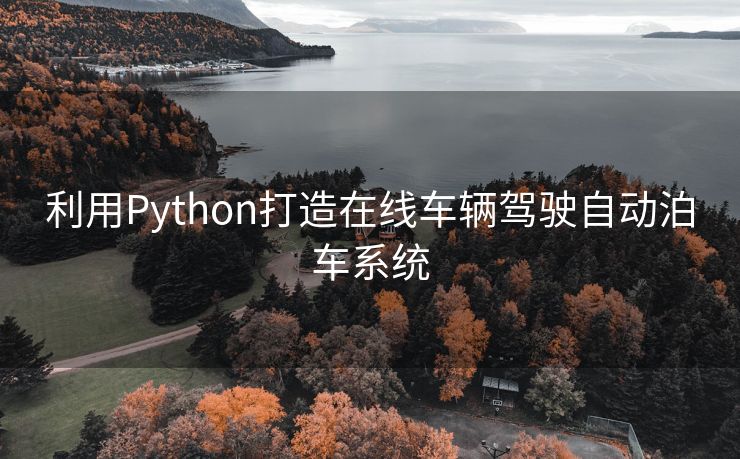随着科技的飞速发展,智能驾驶技术逐渐走进人们的生活。自动泊车系统作为智能驾驶的重要组成部分,不仅能提升驾驶体验,还能有效减少停车时的安全隐患。本文将介绍如何利用Python开发一个在线车辆驾驶自动泊车系统。

系统设计思路
1. 硬件选择
首先,我们需要选择合适的硬件设备。主要包括:
- 车载摄像头:用于实时捕捉车辆周围环境。
- 超声波传感器:用于测量车辆与障碍物之间的距离。
- 舵机:控制方向盘的转动。
- 电机驱动器:控制车辆的加速和减速。
2. 软件架构
软件部分主要分为以下几个模块:
- 图像处理模块:利用OpenCV库对摄像头捕捉的图像进行处理,识别车位和障碍物。
- 距离测量模块:通过超声波传感器获取距离数据。
- 控制算法模块:根据图像和距离数据,计算泊车路径,控制舵机和电机驱动器。
- 通信模块:实现车辆与服务器之间的数据传输。
Python代码实现
1. 图像处理模块
import cv2
import numpy as np
def detect_parking_space(image):
gray = cv2.cvtColor(image, cv2.COLOR_BGR2GRAY)
edges = cv2.Canny(gray, 50, 150)
lines = cv2.HoughLinesP(edges, 1, np.pi/180, threshold=100, minLineLength=100, maxLineGap=10)
if lines is not None:
for line in lines:
x1, y1, x2, y2 = line[0]
cv2.line(image, (x1, y1), (x2, y2), (0, 255, 0), 2)
return image2. 距离测量模块
import RPi.GPIO as GPIO
import time
TRIG = 23
ECHO = 24
def measure_distance():
GPIO.setmode(GPIO.BCM)
GPIO.setup(TRIG, GPIO.OUT)
GPIO.setup(ECHO, GPIO.IN)
GPIO.output(TRIG, False)
time.sleep(2)
GPIO.output(TRIG, True)
time.sleep(0.00001)
GPIO.output(TRIG, False)
while GPIO.input(ECHO) == 0:
pulse_start = time.time()
while GPIO.input(ECHO) == 1:
pulse_end = time.time()
pulse_duration = pulse_end - pulse_start
distance = pulse_duration * 17150
distance = round(distance, 2)
GPIO.cleanup()
return distance3. 控制算法模块
def control_vehicle(distance, parking_space):
if distance < 30:
print("Obstacle detected, stopping the vehicle.")
stop_vehicle()
elif parking_space:
print("Parking space detected, initiating parking.")
start_parking()
else:
print("Searching for parking space.")
continue_searching()
def stop_vehicle():
# Code to stop the vehicle
pass
def start_parking():
# Code to start parking
pass
def continue_searching():
# Code to continue searching for parking space
pass4. 通信模块
import socket
def send_data(data):
host = '192.168.1.100'
port = 12345
with socket.socket(socket.AF_INET, socket.SOCK_STREAM) as s:
s.connect((host, port))
s.sendall(data.encode())
def receive_data():
host = '192.168.1.100'
port = 12345
with socket.socket(socket.AF_INET, socket.SOCK_STREAM) as s:
s.bind((host, port))
s.listen()
conn, addr = s.accept()
with conn:
data = conn.recv(1024)
return data.decode()系统集成与测试
将上述模块集成到一起,进行系统测试。首先,通过摄像头捕捉实时图像,利用图像处理模块识别车位。同时,超声波传感器不断测量距离,确保安全。控制算法根据图像和距离数据,计算泊车路径,并通过通信模块将指令发送给车辆。
def main():
cap = cv2.VideoCapture(0)
while True:
ret, frame = cap.read()
if ret:
processed_image = detect_parking_space(frame)
distance = measure_distance()
control_vehicle(distance, processed_image)
send_data(f"Distance: {distance}, Parking Space: {processed_image}")
data = receive_data()
print(f"Received: {data}")
if cv2.waitKey(1)
评论(0)